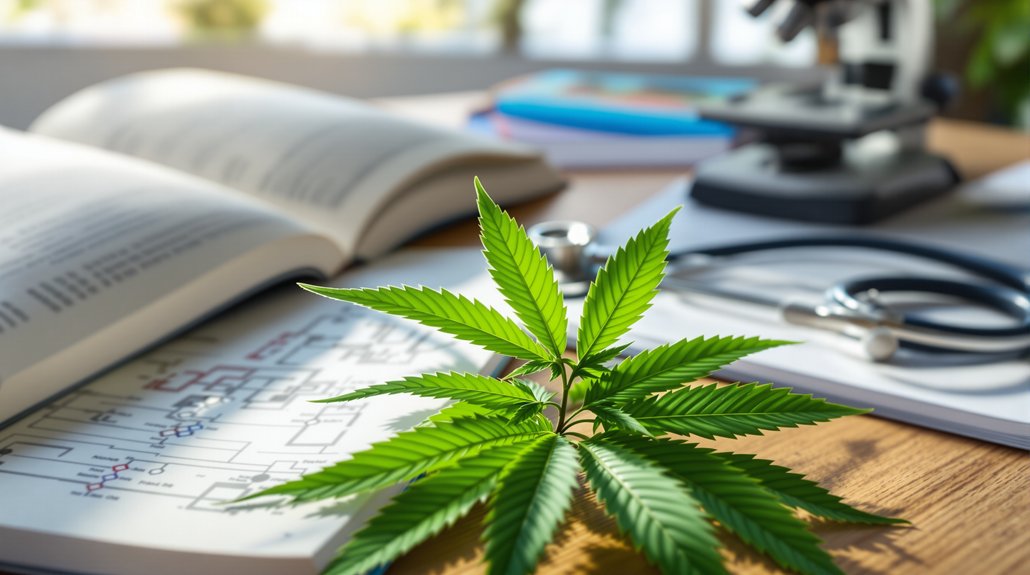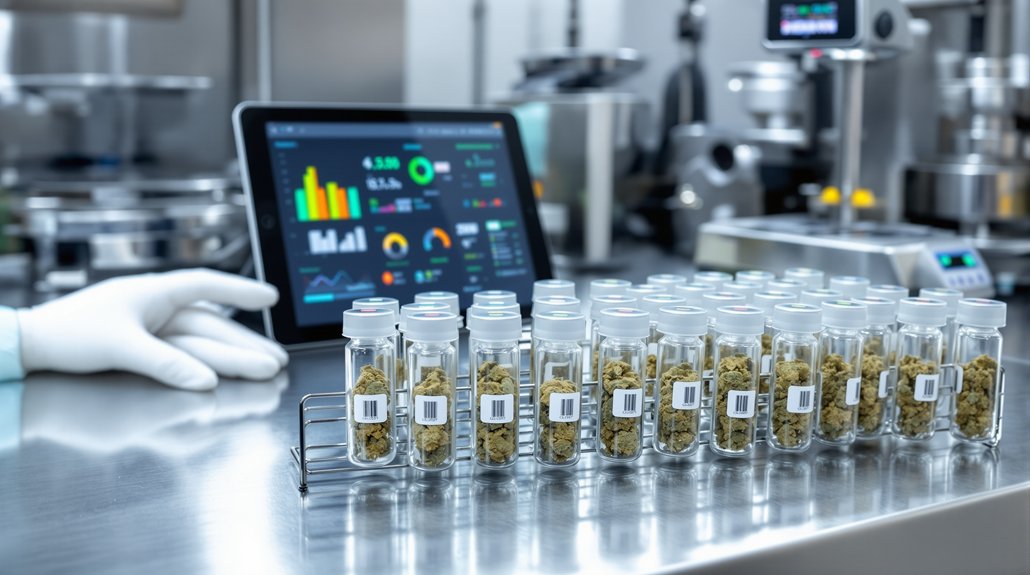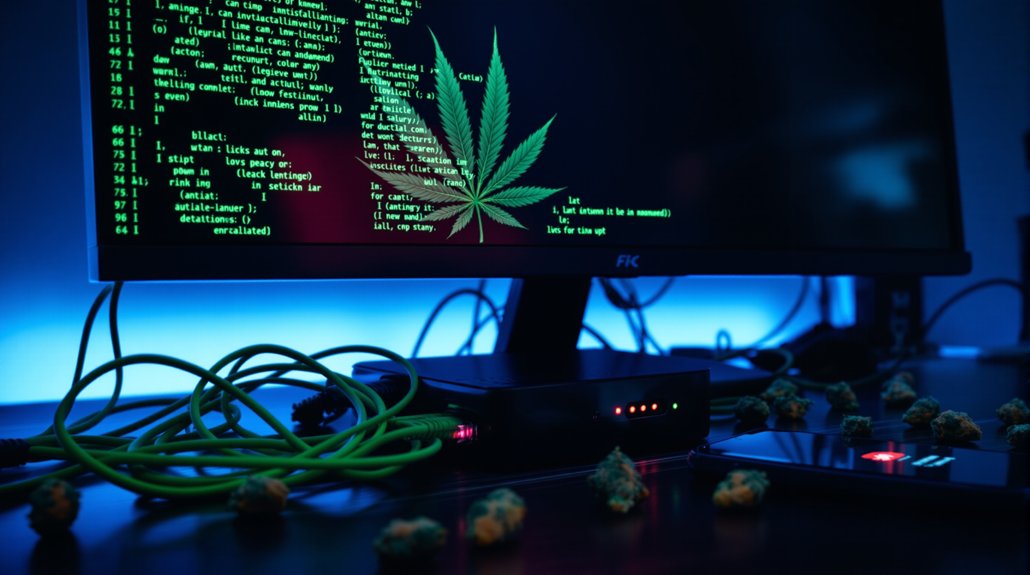Emerging clinical research reveals that psilocybin, a naturally occurring psychedelic compound, demonstrates extraordinary potential for treating obsessive-compulent disorder (OCD) symptoms. Recent studies show that patients experienced substantial symptom reductions within just 24 hours of receiving a single dose, with improvements ranging from 23% to 100% according to standardized Y-BOCS scoring systems.
In early clinical trials, eight out of nine participants achieved at least a 25% reduction in OCD symptoms, while six patients experienced improvements of 50% or greater within the first day following treatment. These rapid therapeutic effects challenge conventional understanding of psychiatric interventions, which typically require weeks or months to demonstrate meaningful benefits. Remarkably, one patient maintained complete remission for several months after a single treatment session.
Eight of nine patients achieved significant OCD symptom reduction within 24 hours, with one maintaining complete remission for months.
The compound works through serotonin receptor modulation, particularly targeting 5-HT2A receptors that influence brain function. Researchers believe psilocybin affects fronto-striatal brain circuits, which are disrupted in OCD patients, helping normalize neural connectivity patterns. The acute transcendental experiences induced by psilocybin may catalyze rapid psychological improvements, while increased neuroplasticity appears to support lasting changes in attention and working memory processes.
Studies have documented effects persisting well beyond the drug’s immediate pharmacological window, with symptom reductions lasting days to weeks after administration. Some patients reported sustained improvement or continued remission several months post-treatment. Animal research supports these findings, showing compulsive behavior improvements lasting up to seven weeks after a single dose in mouse models.
Current research protocols utilize randomized, double-blind, placebo-controlled designs to guarantee scientific rigor. Dosing regimens vary from sub-hallucinogenic levels at 25 micrograms per kilogram to higher doses reaching 300 micrograms per kilogram. Most recent studies standardize initial doses at 25 milligrams, with subsequent treatments adjusted based on individual patient responses. Niacin serves as an active placebo-controller to maintain study blinding integrity.
Safety profiles appear favorable, with minimal adverse events reported across studies. The most commonly documented side effect involves mild, transient hypertension that resolves within six hours of administration. No serious medical or psychiatric complications have occurred under controlled clinical supervision, though protocols require thorough medical clearance and continuous monitoring during dosing sessions. Research conducted under DEA Schedule 1 regulations ensures strict safety protocols while advancing scientific understanding of psilocybin’s therapeutic potential.
The research suggests psilocybin reduces obsessive, rigid thought patterns through changes in orbitofrontal cortex activity. Ongoing studies track efficacy measurements at multiple time points, including 24 hours, one week, two weeks, one month, and three months post-dose. Long-term follow-up protocols extend up to 12 months after treatment, providing detailed data on sustained therapeutic benefits. These studies utilize neuroimaging techniques to identify predictors and correlates of medication response in OCD patients.









